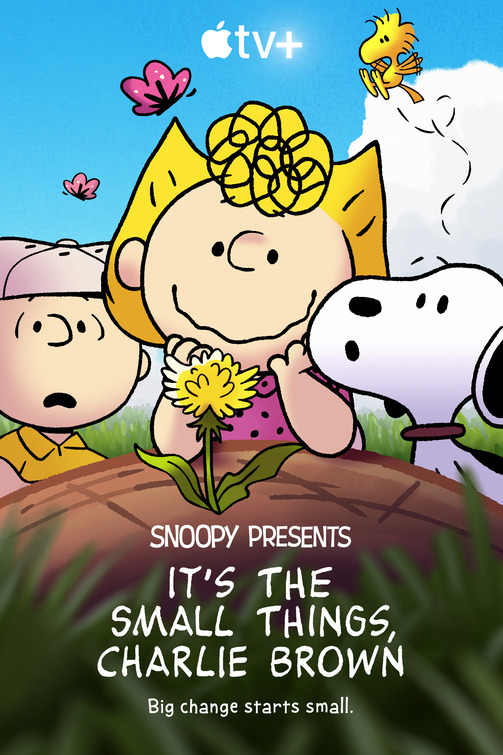"Tedious Political Drama"
| None | Light | Moderate | Heavy | |
|---|---|---|---|---|
| Language | ||||
| Violence | ||||
| Sex | ||||
| Nudity |
What You Need To Know:
HUNGER suffers from no exposition. Viewers are told very little of the Northern Ireland conflicts in the 1980s and have no context for which to understand the cause for which Bobby Sands is willing to die. In fact, only through research outside of the movie can a viewer understand what’s going on in the plot. HUNGER is a tedious political movie with terribly disturbing images of extreme violence, explicit nudity, and Christian and anti-Christian content. All in all, there’s very little in HUNGER to offer media-wise viewers.
Content:
(RoRoRo, ABAB, C, LLL, VVV, SS, NNN, D, MMM) Very strong Romantic worldview of England and the conflict in Northern Ireland that eventually focuses on an IRA prisoner’s decision to go on a hunger strike to make his political point, with some strong anti-Christian content overwhelming some positive Christian elements; 32 harsh obscenities (some uttered by a priest) and six profanities; extremely graphic, near continual acts of prisoners being beaten and humiliated, graphic “cavity” searches, man shot point blank in the head with much blood, forced brutal “haircuts,” and discussion of killing a young boy when man was younger; man pleasures himself; upper male nudity, near constant rear male nudity, near constant frontal male nudity in nonsexual context; no alcohol use; smoking, including using pages from Bible to roll “cigarette”; and, graphic scenes of man writhing in pain as he dies of hunger, people are mean to one another, many shots of urine, feces and filth including “fecal paintings” on jail wall, and movie sides with a hunger strike that ultimately leads to suicide by starvation.
More Detail:
HUNGER is the true story of IRA political prisoners including Bobby Sands who dies on a hunger strike to protest the treatment of prisoners. The movie begins with very little dialogue and an unfocused setup to the story. The audience first meets a prison guard going to work, then two other prisoners and finally Bobby Sands who goes on a hunger strike.
There is nothing more to the movie than this simple plot. Much time is spent with characters staring into space and many sequences of prisoners being beaten by prison guards.
The movie suffers from no exposition. Viewers are told very little of the Northern Ireland conflicts in the 1980s and have no context for which to understand the cause for which Bobby Sands is willing to die. In fact, only through research outside of the movie can a viewer understand that the prisoners who were arrested for firearm possession and involvement in IRA-sponsored bombings refused to wear prison uniforms, because they wanted status as political prisoners. Consequently, the prisoners are forced to live naked in the prisons. Because of their “no wash” protest, the prisoners are forcibly “bathed,” often brutally. Without that background knowledge, however, these actions are senseless.
HUNGER purports to be experimental, but it often relies on very tedious takes in long shot. In fact, it boasts a 17-minute two shot of two characters talking. While it may be artistic on some level, it is mostly boring. The filmmakers have a message of the martyrdom of Bobby Sands, but continually make choices that keep viewers from not understanding the characters and their passion and keep viewers from even caring about them.
In addition to these problems, characters are introduced but never seen again, and the main protagonist is not introduced until after at least a half hour into the movie.
There are terribly disturbing images which are intended to build sympathy for the prisoners. The prisoners are beaten by guards, stripped and other humiliating acts. Viewers must watch Sands die of starvation slowly and agonizingly.
While the Irish conflicts are against a backdrop of Catholic and Protestant rivalry, the main religious scene is a long discussion between Sands and a priest, including a debate on whether the thief on the cross next to Jesus got off easy or not. Sands professes his Catholic beliefs but “smokes the Bible,” using pages to roll cigarettes. Sands’ mother does pray and crosses herself while he is dying. The priest tells Sands that the hunger strike is the same as suicide and that God will punish him for that. Earlier there is a scene of a service, but the prisoners mostly ignore it. Thus, the movie’s anti-Christian content seems to overwhelm its Christian content. In fact, the movie seems to have a very strong Romantic, anti-English worldview where the repression of English society corrupts both sides, but especially the English rulers.
All in all, there’s very little in HUNGER to offer media-wise viewers.
Now more than ever we’re bombarded by darkness in media, movies, and TV. Movieguide® has fought back for almost 40 years, working within Hollywood to propel uplifting and positive content. We’re proud to say we’ve collaborated with some of the top industry players to influence and redeem entertainment for Jesus. Still, the most influential person in Hollywood is you. The viewer.
What you listen to, watch, and read has power. Movieguide® wants to give you the resources to empower the good and the beautiful. But we can’t do it alone. We need your support.
You can make a difference with as little as $7. It takes only a moment. If you can, consider supporting our ministry with a monthly gift. Thank you.
Movieguide® is a 501c3 and all donations are tax deductible.

Now more than ever we’re bombarded by darkness in media, movies, and TV. Movieguide® has fought back for almost 40 years, working within Hollywood to propel uplifting and positive content. We’re proud to say we’ve collaborated with some of the top industry players to influence and redeem entertainment for Jesus. Still, the most influential person in Hollywood is you. The viewer.
What you listen to, watch, and read has power. Movieguide® wants to give you the resources to empower the good and the beautiful. But we can’t do it alone. We need your support.
You can make a difference with as little as $7. It takes only a moment. If you can, consider supporting our ministry with a monthly gift. Thank you.
Movieguide® is a 501c3 and all donations are tax deductible.




 - Content:
- Content: 


